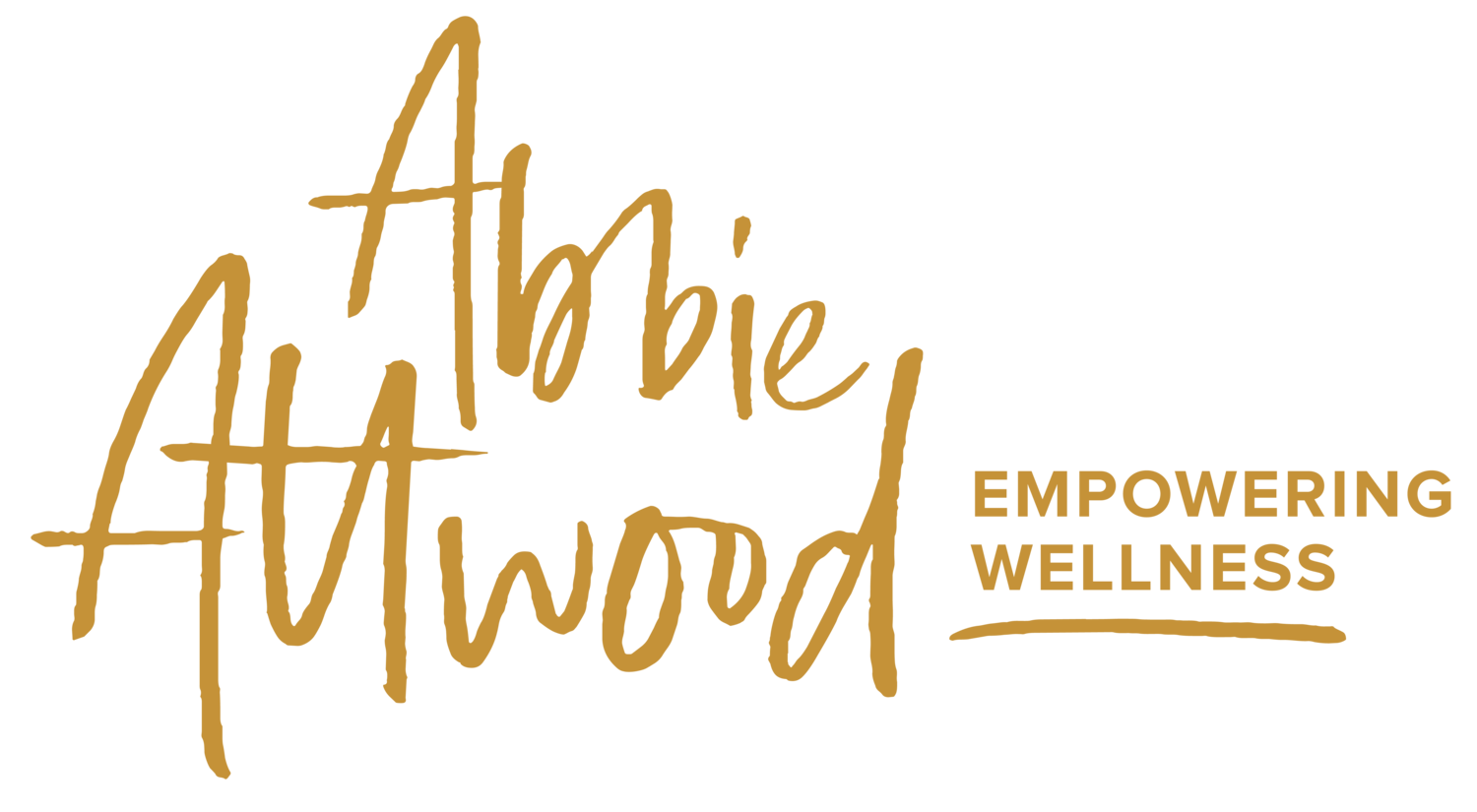Stillness, Discomfort, and How to Embrace It
How do you feel when you’re completely still?
I was thinking about this yesterday, as I meandered through my morning, with no classes to teach or clients to meet with. It’s taken a long time for me to be comfortable with doing nothing. I always struggled with it, and still do from time to time. For years, I mistook that as part of perfectionism, but as time has passed, I’ve realized it has nothing to do with my drive, ambition, or energy.
The discomfort came from the uncertainty of an unplanned day, but mostly the fear of just being still with myself. This is very much wrapped up in the depths of anxiety.
As I developed tools to manage the root of that anxiety over the last decade, I began to see things from an entirely different vantage point. I sat with my feelings. Instead of overthinking them and allowing them to spiral out of control, I processed them in a dialogue with myself.
Think this doesn’t apply to you because you don’t have an anxiety disorder? Think again.
I work on this with many of my athletes and clients. Let’s take an athlete as an example. Stillness and mindfulness, when you are pushing your body (willingly) to a place of discomfort (excruciating pain and exhaustion), are actually the tools you need to work through that hurt to the other side. What’s on the other side? Growth, adaptation, progress -- maybe even the finish line. If you can’t be with yourself, in your own head, for hours (or miles), how can you expect to endure hard things? When we turn this inner dialogue on, accept the thoughts in our head, acknowledge pain and discomfort, and choose to take those feelings head on -- that is the ability to overcome obstacles in its truest, purest form.
Meditation has become popularized for a similar reason. But your meditative experience does not have to look like someone else’s. Your meditation can be any form of stillness, of turning inward, of being in your own head without running away. It doesn’t have to look the way you might picture it -- legs crossed, sitting straight up, hands perched on your knees. No, it can take any form, as long as it transcends your emotional and physical barriers in a real way.
So what is the key to being still?
Acceptance. Accept the feelings. Accept the anxiety. Heck, have a conversation with it. Stay in that discomfort for longer than you want to, and teach yourself that you are okay there.
My anxiety is certainly not going anywhere, and I don’t think it needs to in order for me to move beyond it. Oddly enough, I don’t think I want it to go anywhere. It’s part of who I am -- so I sit with it. I observe it. I find humor in it when I can. I talk myself through it. I don’t need to control it, or distract myself from it by overplanning or being productive.
Being still, doing nothing...it’s not fruitless. It’s perhaps one of the biggest opportunities for growth. Because at the end of the day, decade...even life, we have our thoughts and feelings, and not much else. So don’t be afraid of them. Don’t let them steal your stillness. You have more control over the way you feel than you might think, and it might just be that you’re doing too much.


